Curricula: Setting The Purpose Of Reading
Setting the purpose for reading is crucial as it provides focus and direction, guiding readers to engage actively with the text.
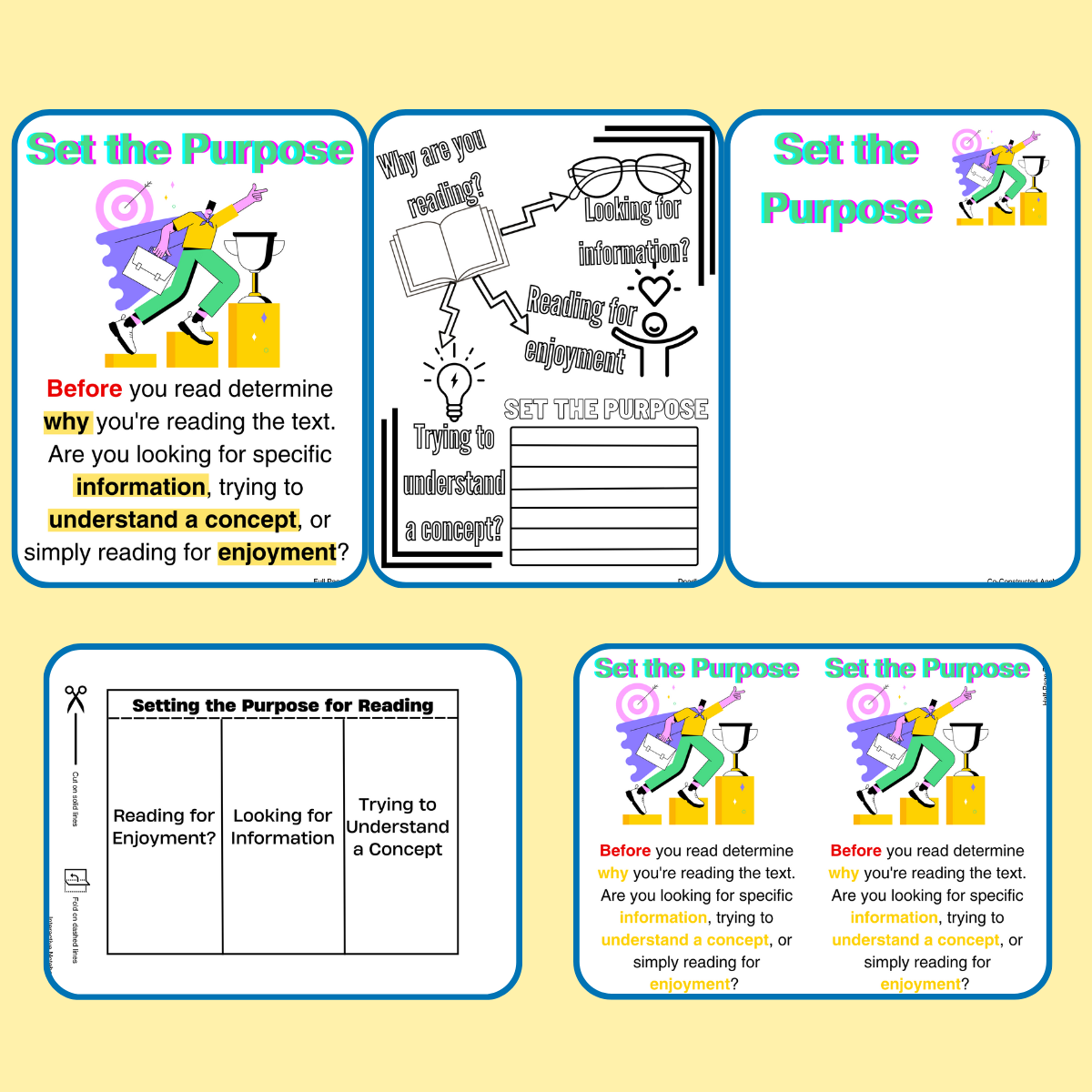
Setting the purpose for reading is crucial as it provides focus and direction, guiding readers to engage actively with the text.
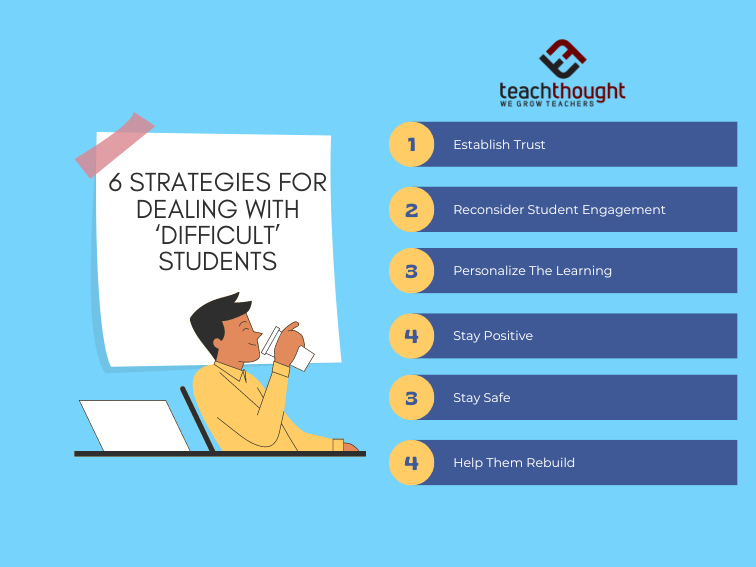
From building trust and relationships to cultivating responsibility, here are 6 strategies for working with your most ‘difficult’ students.
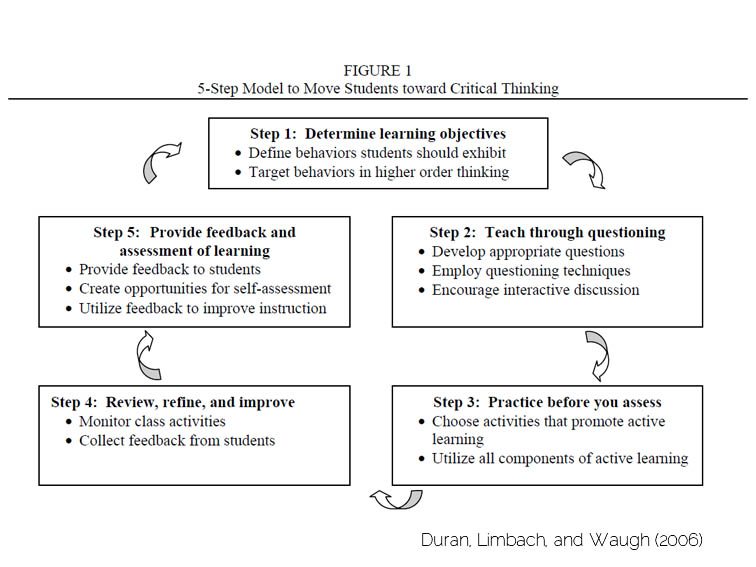
Like anything else in your classroom, promoting critical thinking skills is a matter of planning, priority, and practice.
Where is the innovation in education coming from? What are its current levels of innovation? What might possibly disrupt it in the future?

Examples of assistive technology for the classroom include sip and puff systems, enlarged keys keyboard, and signaling devices.
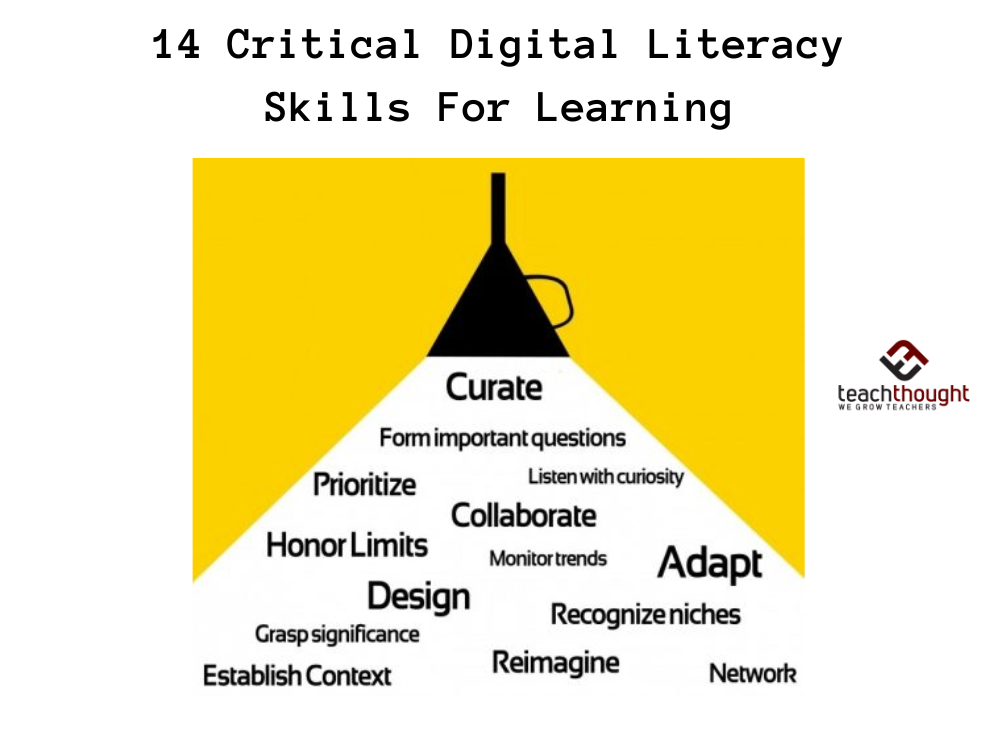
The term ‘gamification’ first gained widespread usage in 2010 referring to incorporation of social/reward aspects of games into software.
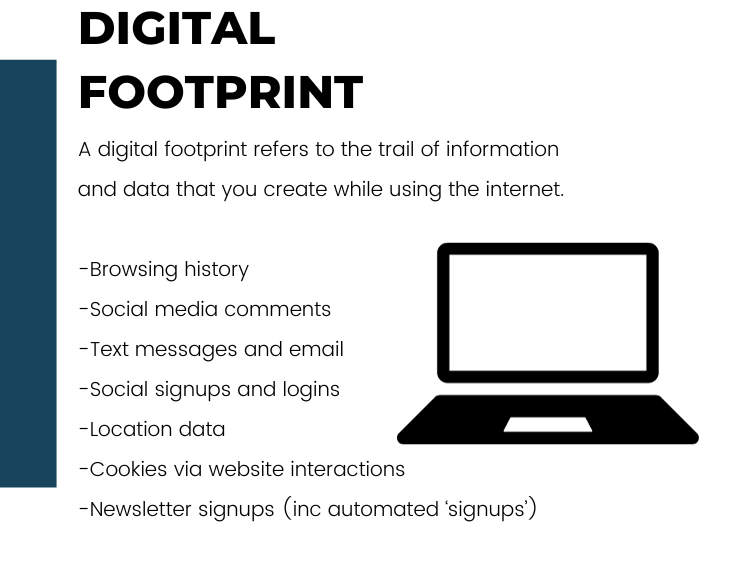
Today, any definition of digital prints should include advanced algorithms, big data, location data, and new global privacy laws.
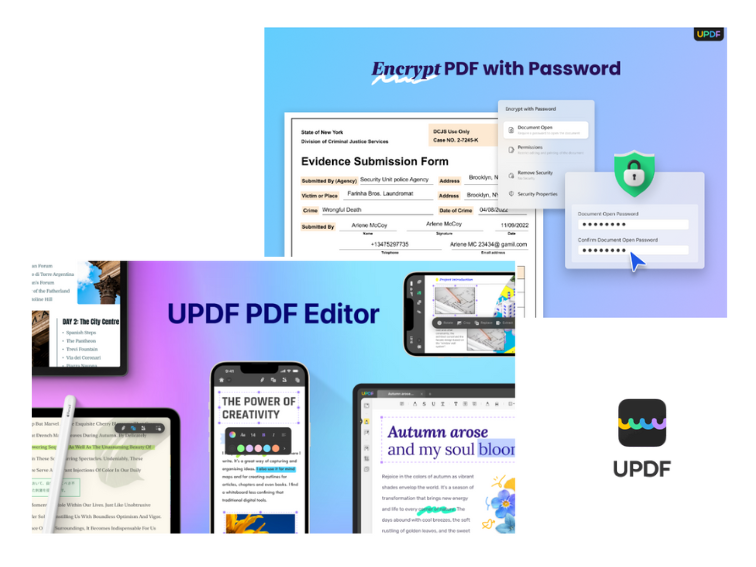
The wide range of tool palettes in UPDF helps teachers highlight and annotate. Users can also remotely grade assignments and leave comments.
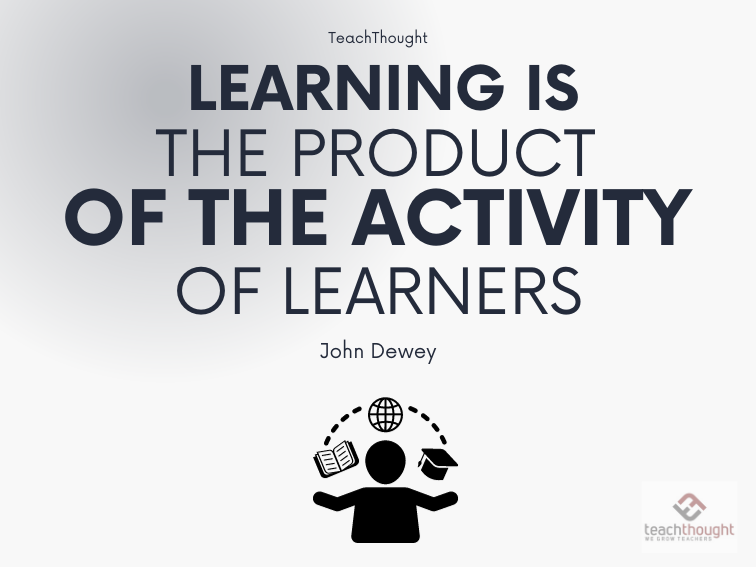
Among the more popular John Dewey quotes? “We do not learn from experience… we learn from reflecting on experience.”
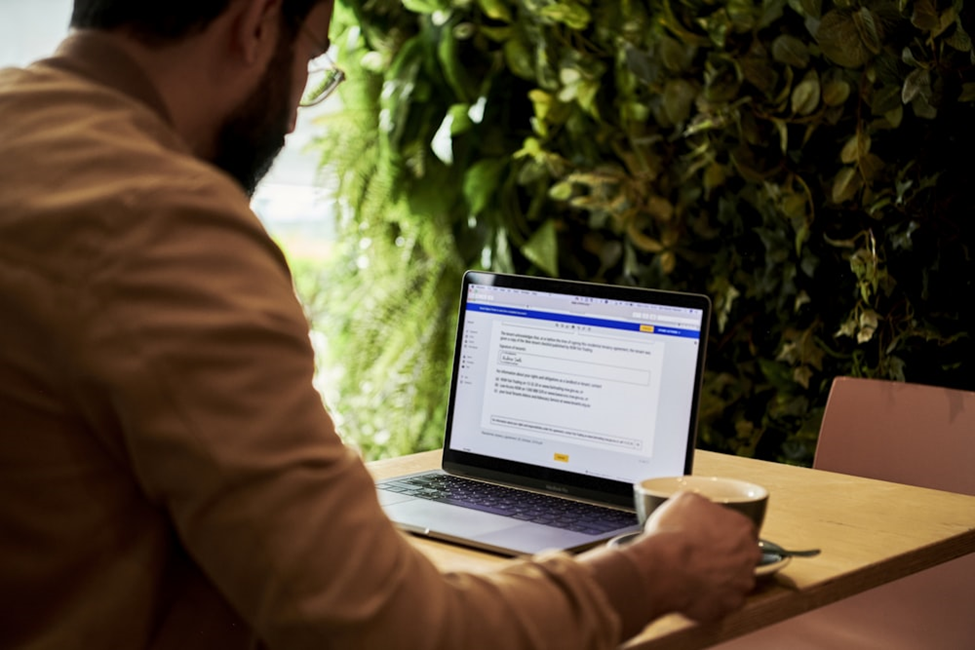
Spending a year or two studying abroad is among the most exciting and rewarding choices a young adult can make. It can be instrumental in shaping your character and worldview. Plus, it’s an experience that might give you an edge come job-hunting time. Leaving all they’ve ever loved and known is life-changing, and there are…
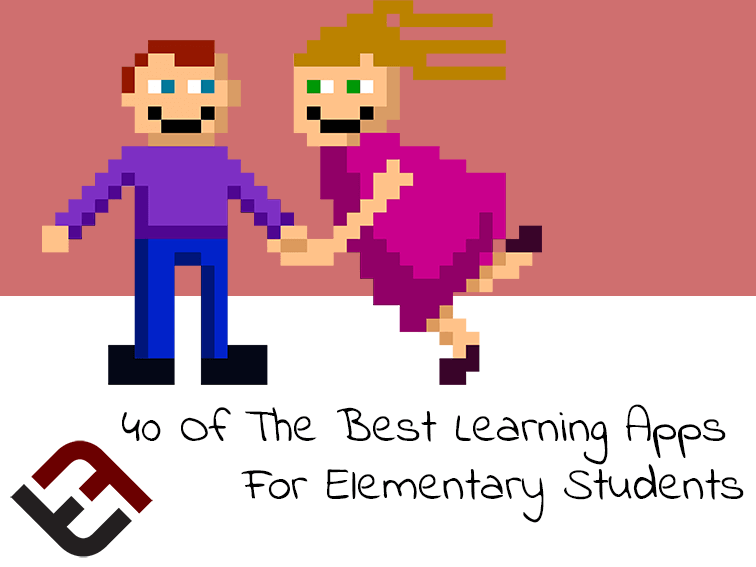
With these 12 apps that teach reading, children can learn how to write letters, improve phonics fluency, and even write their own books.

“It is very obvious that I rushed through the process and did not think out my ideas as well as I could have.”